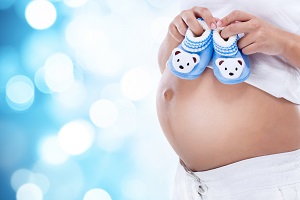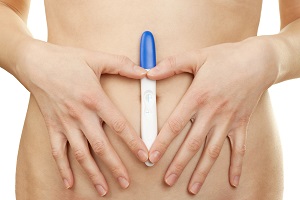The first major test of the efficacy of liquid biopsy in the diagnosis of tumors arrives. A Hong Kong team has tested the new technology on head and neck tumors. In this way, researchers increased the rate of early diagnosis and survival.
Liquid biopsy detects the DNA that the tumors release into the bloodstream and are mainly used to monitor the progress of the tumor. Researchers are developing versions to be used for early diagnosis of a wide range of tumors. According to a new study, Chinese scientists have discovered an effective approach to at least one type of cancer.
The study focused on nasopharyngeal cancer, which develops at the top of the throat and behind the nose. It is an aggressive tumor and early diagnosis may be crucial in many cases. Unfortunately, it is also very difficult to diagnose, so liquid biopsy could save a large number of lives.
In many cases, nasopharyngeal cancer is related to the Epstein-Barr virus. Scholars have thus developed a way to detect not only tumor but also viral DNA. Reasoning proved to be effective: over 20,000 men at risk tested, 1,112 (5.5%) reported traces of the virus. Of these, 309 also showed traces of tumor DNA and 34 had a tumor. Only one person developed the tumor despite the negative outcome of the test.
In 71% of cases, the diagnosed tumor was at the earliest stages and therefore easier to treat. Only 20% of the subjects in the control group received an early diagnosis. This has allowed to intervene earlier and with more effective methods, increasing the survival rate of patients. At 3 years of diagnosis, 97% of patients were alive, compared to 70% of the control group.
Source: cbsnews.com
Add a comment





